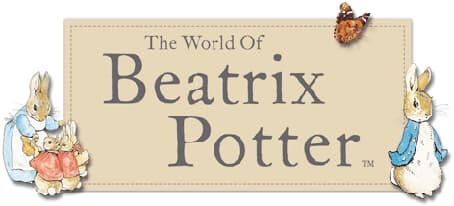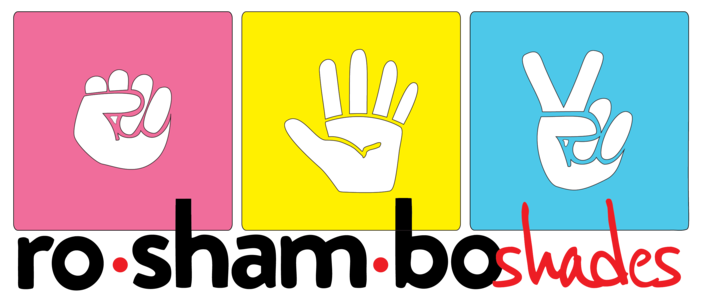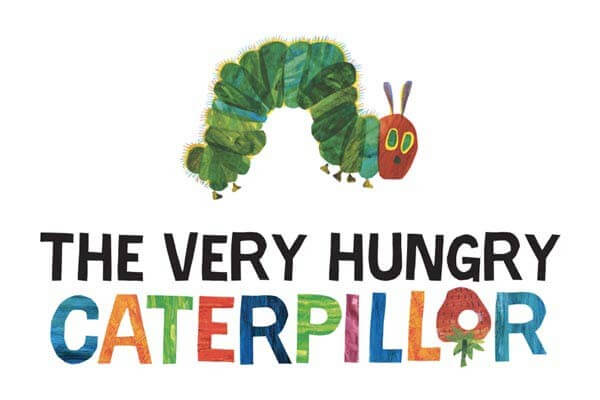St John Of The Cross And The Dark Night Of The Soul
Introduction
Saint John of the Cross stands among the greatest mystics of the Christian faith. A Carmelite friar, poet, and spiritual reformer of the
16th century, he gave the world one of its most profound insights into spiritual transformation—the Dark Night of the Soul. Far
from a tale of despair, this experience reveals the mysterious way God leads the soul toward perfect love. For many believers in New Zealand
and beyond, his teachings speak deeply to the realities of spiritual dryness, emotional exhaustion, and the yearning for divine intimacy.
The Dark Night is not punishment, but purification; not abandonment, but invitation—an opportunity to discover God’s presence
hidden in silence.
Who Was Saint John of the Cross?
Born Juan de Yepes y Álvarez in 1542 in Spain, John grew up in poverty yet possessed a sharp intellect and deep contemplative spirit. After
joining the Carmelite Order, he collaborated with Saint Teresa of Ávila in reforming the order to return to its roots of simplicity and
prayer. This commitment led to his imprisonment by his own brethren for nine months in a dark cell—an ordeal that shaped his mystical
vision. During that confinement, he composed some of the most sublime spiritual poetry ever written, including The Spiritual Canticle
and Dark Night of the Soul. His life reminds us that divine light often shines most clearly through the cracks of human suffering.
What Is the Dark Night of the Soul?
The Dark Night is not merely emotional depression or anxiety, though it may resemble those experiences. It is a spiritual process
in which God withdraws the consolations of His felt presence to purify the soul’s attachment to feelings, control, and self-reliance. In the
absence of spiritual “sweetness,” the believer is invited to love God for Himself, not for the comfort He gives. John distinguishes between
two stages:
-
The Dark Night of the Senses – where pleasures and spiritual emotions fade, teaching detachment from worldly and ego-driven
desires.
-
The Dark Night of the Spirit – a deeper purification of the soul’s intellect and will, preparing for union with God’s pure
love.
For those enduring emotional or spiritual dryness, his teaching offers hope: this darkness is not the absence of God but His hidden action. As he writes, “The darker the night, the nearer the dawn.”
Why the Dark Night Happens
John teaches that God sometimes allows the soul to enter darkness to free it from illusions of control and self-righteousness. When the soul
no longer feels joy in prayer or satisfaction in good works, it learns humility and dependence on divine grace. This process feels painful
because the soul is being stripped of everything that is not God. Yet this detachment leads to deep peace. It is a divine surgery—cutting
away the false so that the true self may live fully in love.
Signs of the Dark Night
The saints and mystics who followed John often described similar signs:
- A sense of inner emptiness despite faithful prayer.
- A loss of pleasure in both worldly and spiritual activities.
- A feeling of being forgotten or unseen by God.
-
A longing for peace that cannot be satisfied by external things.
These experiences, while distressing, are not indicators of spiritual failure. They are signs of growth—proof that the soul is being led from surface faith to deep union. In New Zealand’s culture, where silence and solitude are often valued in nature and reflection, this interior journey resonates as a sacred echo of life’s seasons—darkness giving way to light.
The Experience of Suffering and Transformation
John’s poetry portrays the Dark Night as a journey of love: “O guiding night, O night more lovely than the dawn, O night that has
united the Lover with His beloved.” The darkness, he explains, is not empty—it is the veil of God’s overwhelming light, too bright for the
unpurified soul to bear. As the soul passes through purification, old fears die, self-will surrenders, and divine intimacy is born.
Suffering becomes the crucible of transformation.
This truth holds deep meaning for modern believers struggling with depression, loss, or burnout. John’s wisdom suggests that the absence of consolation does not mean the absence of God. Grace works quietly, beneath awareness, shaping the soul in hidden ways. The silence is not neglect—it is preparation.
Contemporary Reflections: Psychological and Spiritual Dimensions
While the Dark Night is primarily a mystical reality, its psychological aspects mirror those of depression or existential crisis.
John’s teaching, however, distinguishes between spiritual purification and clinical illness. Both require compassion, but the Dark Night
is a grace—an invitation, not a disorder. Yet his insights can comfort those who suffer from emotional darkness, showing that pain can hold
meaning. Modern readers in Aotearoa, where mental health awareness and spirituality increasingly intersect, can draw hope from this
integration: even inner darkness can become sacred space when approached with faith and patience.
Saint John’s Lessons for Today
- Do not fear spiritual dryness. The absence of emotion in prayer is often a sign of growth.
- Trust God in silence. When words fail and feelings fade, God listens deeper than emotion.
- Embrace humility. Surrender control and self-image; allow grace to reshape you.
- Wait with hope. Transformation is slow, but divine love never fails.
-
Find support. The saints had confessors, friends, and communities—seek spiritual and emotional companionship.
- Accept the mystery. Some suffering cannot be explained, only lived in love.
The Journey Toward Union with God
After the night comes dawn. For John, the soul that endures darkness with faith emerges into radiant union with God—a state of peace, love,
and interior freedom. This is not emotional bliss but deep harmony with the divine will. The purified soul no longer fears suffering or
loss, because it rests securely in Love itself. In this union, joy returns—not as fleeting pleasure, but as unshakeable serenity. The night
ends not with answers, but with Presence.
The New Zealand Context: Faith in a Land of Silence and Light
In New Zealand, where the landscape itself speaks of vast silence and sudden dawns, John’s imagery feels almost native. The Dark Night
of the Soul
reflects the same rhythm found in the seasons of the land—winter’s stillness leading to spring’s rebirth. For those walking through
emotional or spiritual desolation, John’s wisdom invites them to trust the process: the silence is not death but gestation. In prayer,
reflection, or quiet communion with creation, the soul can rediscover divine light rising slowly, like morning mist over the sea.
Conclusion
Saint John of the Cross offers a timeless roadmap for anyone who feels abandoned by God or lost in spiritual darkness. His Dark Night of
the Soul
teaches that divine love is not always felt, but always faithful. In the night’s silence, grace works unseen, purifying the heart until it
can love purely for love’s sake. For every soul in New Zealand—and everywhere—who walks through sorrow, doubt, or emptiness, John’s message
endures: the night will end, and the dawn will come. What feels like loss may in fact be transformation, and what seems like absence may be
the nearness of God in disguise.



.jpg)









.jpg)





.jpeg)





.jpeg)



.jpeg)








.jpeg)



.jpeg)

.jpeg)

.jpeg)

.jpeg)




.jpeg)
.jpg)

.jpeg)






.jpeg)
.jpeg)




.jpeg)





.jpeg)


.jpeg)

.jpeg)

.jpeg)

.jpeg)







.jpeg)
.jpeg)
.jpeg)





.jpeg)



.jpeg)






.jpg)
.jpeg)









.jpg)


ulva-Logo.jpg)




.jpeg)



.png)















.png)
























